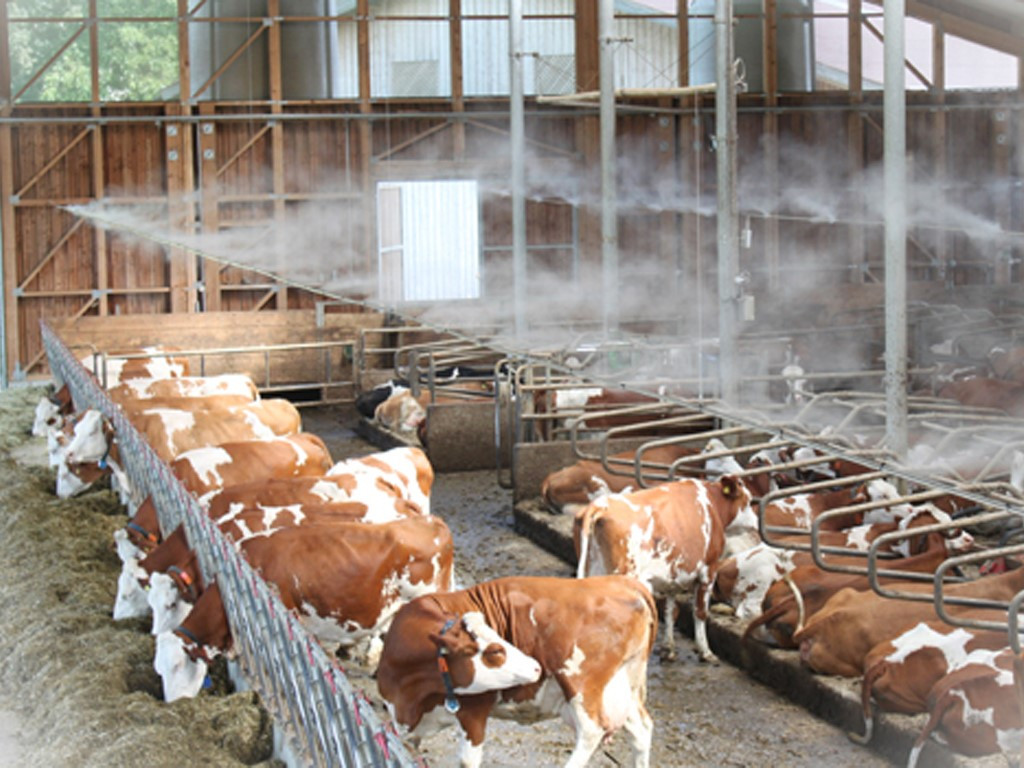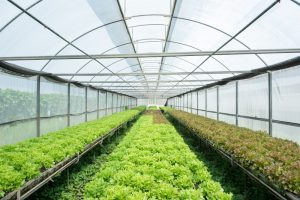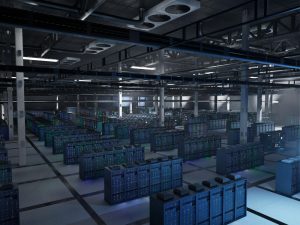Use of humidifiers for deep sanitization in areas of microbial propagation
To have the best cleaning and disinfection protocol processes for structural, occupational, and operational improvement, it is necessary to use advanced fogging systems for all types of environments, especially for specific environments, such as industrial farms and companies dedicated to food processes.
Structural biosecurity
Within this area, a fundamental point is superficial and deep cleaning and sanitization, with their appropriate programs and procedures, both surfaces and the same breathable air. This implies the labeling of the products used, duly identified and stored in special places, outside the production areas. Within this, comes the importance of having drinking water at all times, whether for the slaughter of animals, safety of operators, and obtaining a safe product for later consumption.
Sanitary facilities guarantee the areas designated for waste, with the installation of grates that channel dirty water to previously designated landfills, without it meaning a long-term issue of environmental contamination. Within these facilities, it is intrinsic to make available the necessary material and equipment so that the plant personnel, designated for cleaning, can use disinfectant mechanisms, such as humidifiers and mist systems to safeguard the entire establishment.
Training for personnel in charge of food production or handling is a fundamental part, of making clear hygiene before and after working in municipal slaughterhouses or agro-food industries.
The structural design of the industrial warehouse or similar must be based on the ecological stipulations in this type of building, especially for sanitary management. Safety equipment is essential, and many other aspects of structural biosecurity.
Occupational or operational biosecurity with the use of humidifiers
These are all practices that include animal identification, area care, ante-mortem inspection, raw material handling, and the processes of breeding and slaughtering animals for later distribution of their meat. Within several of these processes, hot drinking water is essential, either for human consumption or for obtaining food.
This type of biosecurity involves the most thorough reviews of the processes and the animals with which work is carried out, inspecting and handling viscera, among other issues.
How meat can be contaminated directly or indirectly. Directly, the contamination will be attributed to the sick animal; hence the importance of zootechnical inspections. Another reason is the sick worker, especially the one who handles the meat directly. Finally, it is due to the presence of germs in the animal’s abscesses or intestines.
Indirect contamination of food in agri-food industries or municipal slaughterhouses is caused by garbage, pests (insects and fauna), non-potable water, dust/dirt, contaminated equipment and utensils. This leads to inherent risks in these places, which are classified as physical, chemical, and biological. Therefore, it is essential to have cleaning protocols and specialized equipment for timely disinfection through humidifiers and purifying mist sprayers.
Physical risks can be attributed to the negligence of operators, managers, and other people in charge within the municipal slaughterhouse of the agri-food industry. Chemical risks are often unknown, especially when hiring external cleaning personnel, where the exact substance they handle is not known; it is important to be aware of this, or failing that, to have plant personnel and equipment for deep disinfection that involves the special use of disinfectant agents and humidifiers.
Biological risks mean a wide range of pathogenic organisms, such as viruses, bacteria, protozoa, fungi, mold, and worms. In slaughterhouses, the most common are bacteria, which cause many diseases, something unacceptable for organizations that work in the meat industry and other food industries. The use of industrial fogging is essential.
It is reiterated that it is best to have the best systems available for deep cleaning. It is not only superficial sanitation since microbial agents can be very resistant in certain environments, where purification using fog systems can be the best solution in these cases.




